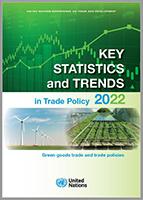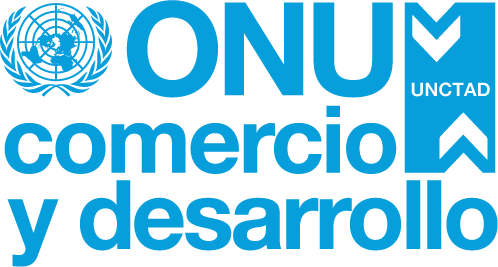Key statistics and trends in trade policy 2022

International trade is subject to and influenced by a wide array of policies and instruments. Technical measures and requirements regulate about two thirds of world trade, while various forms of sanitary and phytosanitary measures (SPS) are applied to almost all agricultural products. Border measures contribute substantially to trade costs. On average the compliance costs of such measures are generally higher than tariffs. The World Trade Organization (WTO) remains an important arbiter of trade disputes, however the past few years have seen a general decrease in the number of trade defence investigations brought to the WTO, also because of the problems related to the functioning of its appellate body. As of 2021, there is a large number of trade defence measure in force, most of them by developed countries and major emerging economies.
With the notable exception of the increase in bilateral tariffs between the United States of America and China, tariffs have remained substantially stable during the last few years with tariff protection remaining a significant factor in some sectors and markets. Tariffs have been marginally reduced in some of the sectors as to facilitate trade of products related to the COVID-19 pandemic.
As of 2021, trade costs directly related to tariffs were at about 2 per cent for developed countries’ and at about 4 per cent for developing countries. Tariff restrictiveness remains substantial in many developing countries, especially in South Asian and African countries. Moreover, tariffs remain relatively high in some sectors where tariff peaks are present. Those sectors include some of key interest to low-income countries such as agriculture, apparel, textiles and leather products. Tariffs also remain substantial for most South–South trade.
The process of deeper economic integration has remained strong at the regional and bilateral levels, with an increasing number of preferential trade agreements (PTAs) being negotiated and implemented. Most of the recent PTAs address not only goods but also services and increasingly deal with rules beyond reciprocal tariff concessions to cover a wide range of behind the border issues. As of 2021, about half of world trade has occurred under some form of PTA. While the COVID-19 pandemic has severely disrupted international trade, trade under deep trade agreements has been relatively more resilient, increasing the share of trade under deep PTA further in 2021.
This report is structured in two parts.
The first part provides a discussion and statistics on the trade of green (environmentally friendly) goods and of some of the trade policies applied to this trade.
The second part presents and discusses trends in selected trade policy instruments, including illustrative statistics. The second part is divided into four chapters: tariffs, trade agreements, non-tariff measures and trade defence measures. Trade trends and statistics are provided at various levels of aggregation illustrating the use of the trade policy measures across economic sectors and geographic regions.


